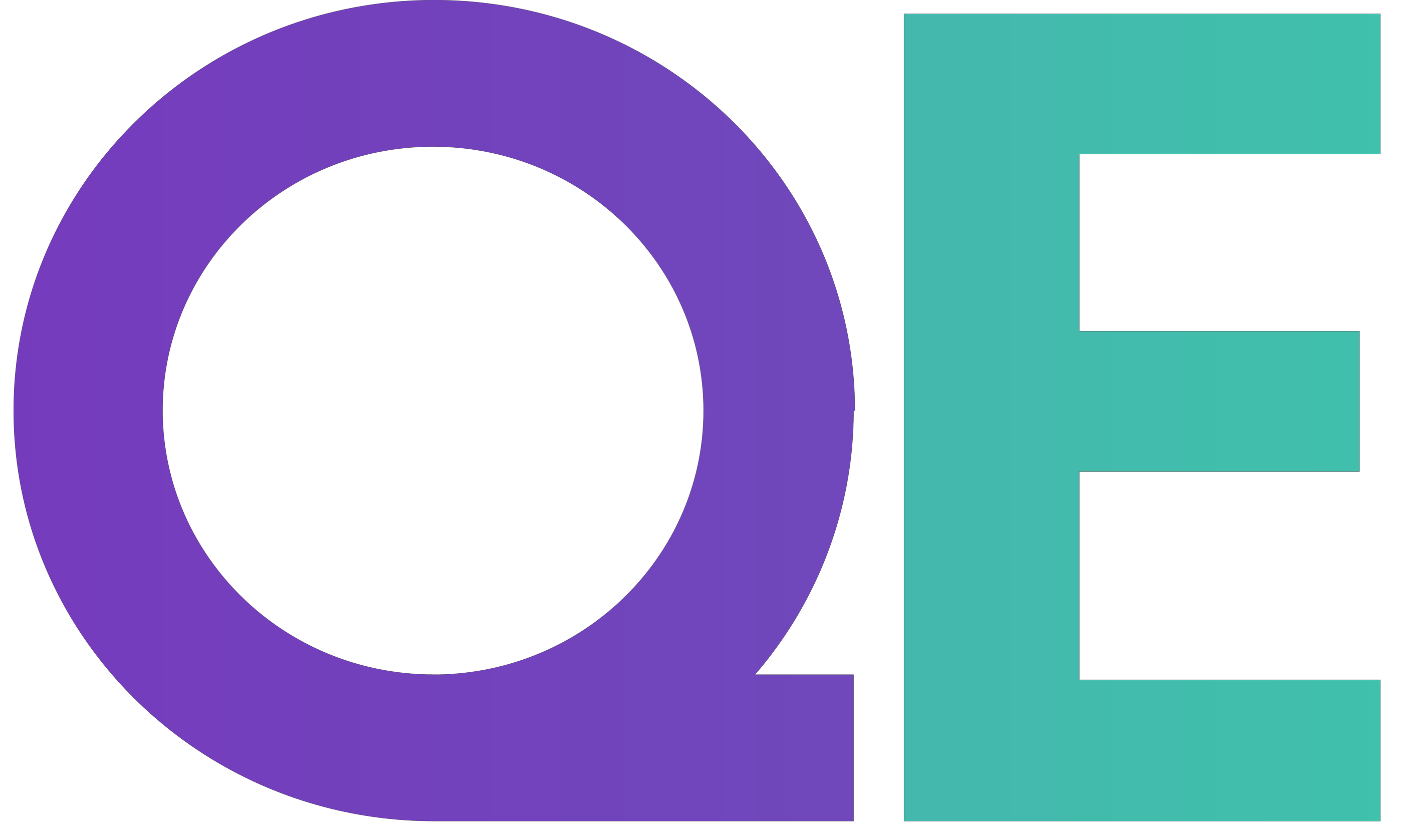Application Security Assessment
Ensure built applications are stronger and more reliable by understanding and integrating application security throughout the entire Software Development Lifecycle.
About the Application Security Assessment
Security cannot be an afterthought for applications. By understanding and integrating application security throughout the entire Software Development Lifecycle (SDLC), organisations can build stronger, more reliable applications.
This proactive approach allows vulnerabilities to be caught early, minimising the attack surface, and reducing the risk of costly breaches. Secure coding practices also lead to higher quality applications with fewer outages, and compliance with industry regulations becomes easier.

What we do
Integration of the Quantum Cloud service to an organisations application coding repositories, allows the analysis of the application technology stack, environments and provide results of all identified issues, using built in machine learning and AI technology. We will report all issues in a simple to understand risk based prioritised view enabling remediation before productionising of the application(s).
Creates application inventory and identifies the technologies utilised. Detect material code changes (Compliance audits). Maps application architecture (Threat Modelling). Understand coding statistics
Single Control Plane with risk-based context. Exposed Secrets identified. Security issues and vulnerabilities. Risk Graph and Trend reporting across all findings in addition to the likelihood of the exploitability and organisational impact
Relate each code change to the code owner for identified risks and trigger workflows. Remediation examples based on Crowdsourcing. Rule definitions to enforce compliance and best practice before releasing changes to Production. Vulnerability Triage.
Key Features
Obtain an your API Attack Surface, which provides a view into attacker-facing resources, allowing you to quickly prioritise remediation efforts by severity.
Validate Critical Vulnerability Patching.
Confirm public-facing servers throughout your digital supply chain are no longer vulnerable to exploits such as Log4j etc.
Identify All Public-facing API Domains.
Predictive crawling technology discovers publicly exposed API domains to help you eliminate shadow APIs.
Discover and understand your API Hosting Footprint.
Key Benefits of an Application Security Assessment
Enhanced Visibility
Gain complete visibility into the application landscape, identify all applications and the technologies they use.
Improved Security Posture:
a) Detect security vulnerabilities and misconfigurations early in the development process. Uncover exposed secrets that could be exploited by attackers. b) Analyse the risk of vulnerabilities based on exploitability and organisational impact. Gain insights into coding practices through metrics like lines of code and commits. c) Identify potential compliance issues through material code change detection
Streamlined Threat Modelling
Automatically map the application architecture for a clearer understanding of potential attack vectors
Software Composition Analysis
Pinpoint vulnerabilities within Open-Source Software (OSS) components used in the application(s).
API and Infrastructure Security
Identify security risks within APIs and Infrastructure as Code (IaC) configurations.
Data Risk Assessment
Uncover potential for data breaches and leaks within your applications
Actionable Insights
Enforce security best practices and compliance rules before deployment.
Accountability and Workflow Management
Relate identified risks to specific code changes and owners, facilitating communication and remediation.